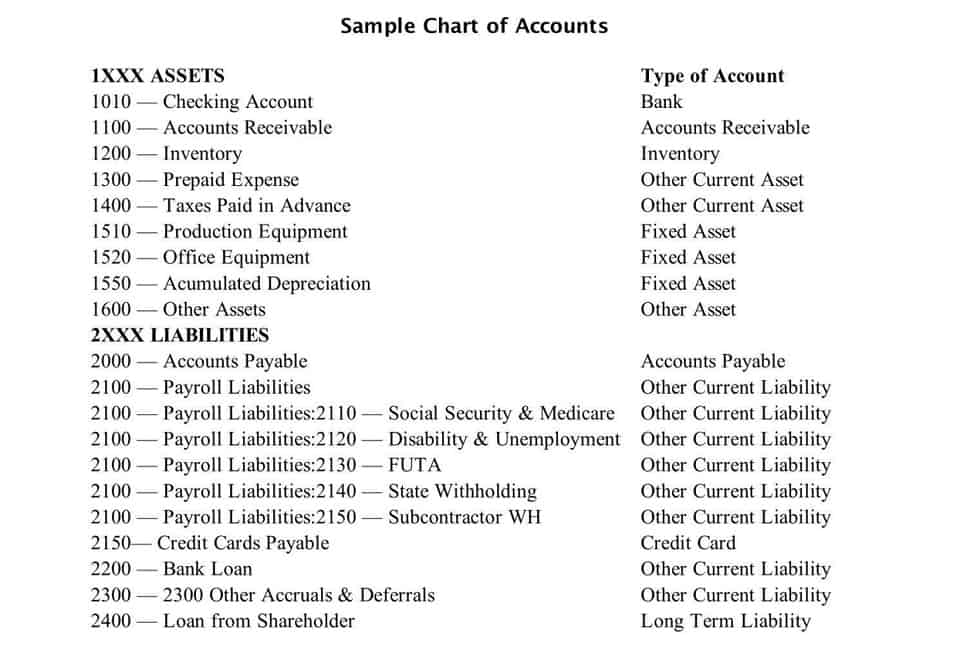
Likewise, the interest rate (i) must be adjusted to be compatible with (n). This factor includes the given interest and periods and can now be multiplied by any amount of money to find the cooresponding present value. Let’s have a show of the Excel effects of this cash flow with the following case example. In the present value formula shown above, we’re assuming that you know the future value and are solving for present value.

Method #2 – PV Formula of Series of Cash Flows (Annuity)
Where APR is the annual nominal percentage rate, m is the number of compounding periods per year and n is the total number of years. Where, i is the interest rate per compounding period which equals the annual percentage rate divided by the number compounding periods in one year; and n is the number of compounding periods. The table typically has interest rates running down the first column and the number of periods running across the top row. The intersection of the interest rate row and the periods column gives the present value interest factor. We see that the present value of receiving $5,000 three years from today is approximately $3,940.00 if the time value of money is 8% per year, compounded quarterly. The letter “n” refers to the length of time (in this case, two years).
KEQ FV and PV Tables
When we compute the present value of annuity formula, they are both actually the same based on the time value of money. Both investors and creditors use a present value calculator to evaluate potential investments and measure the return on current projects. The time value of money concept is important because it allows investors to measure what their investment returns are worth today and whether there are better options available. A mentioned, the discount rate is the rate of return you use in the present value calculation. It represents your forgone rate of return if you chose to accept an amount in the future vs. the same amount today.

AccountingTools
- Determining the initial cash injection for a target investment, evaluating the better option between two investments, calculating the current worth of an investment.
- For instance, five dollars in 1950 is actually worth about $50 in 2015.
- Where, i is the interest rate per compounding period which equals the annual percentage rate divided by the number compounding periods in one year; and n is the number of compounding periods.
- Present value is a fundamental concept in finance that represents how much a future sum of money is worth right now.
- The present value formula is calculated by dividing the cash flow of one period by one plus the rate of return to the nth power.
To find the present value of a table, you need to multiply the cash amount to be received at a future date by the discount rate in the PVIF table. The answer tells us that receiving $1,000 in 20 years is the equivalent of receiving $148.64 today, if the time value of money is 10% per year compounded annually. The easiest and most accurate way to calculate pv of single sum table the present value of any future amounts (single amount, varying amounts, annuities) is to use an electronic financial calculator or computer software. Some electronic financial calculators are now available for less than $35.

Related Topics
If you know any three of these four components, you will be able to calculate the unknown component. Accountants are often called upon to calculate this unknown component. For the past 52 years, Harold Averkamp (CPA, MBA) has worked as an accounting supervisor, manager, consultant, university instructor, Online Bookkeeping and innovator in teaching accounting online. Dummies has always stood for taking on complex concepts and making them easy to understand. Dummies helps everyone be more knowledgeable and confident in applying what they know.

The letter “i” refers to the percentage interest rate used to discount the future amount (in this case, 10%). Both (n) and (i) are stated within the context of time (e.g., two years at a 10% annual interest rate). Using this table, the company can calculate exactly what the $100,000 will grow to using the three variables of principal ($100,000), time (five years), and rate (4 percent). Our online tools will provide quick answers to your calculation and conversion needs. The present value of a single sum tells us how much an amount to be transacted in the future is worth today.
In the illustrations of the present value of 1 (shown earlier) we assumed that interest was compounded on an annual basis. Now we’ll look at what happens when interest is compounded (1) annually, (2) semiannually, (3) quarterly, and (4) monthly. This means that any interest earned is https://www.bookstime.com/ reinvested and itself will earn interest at the same rate as the principal.
